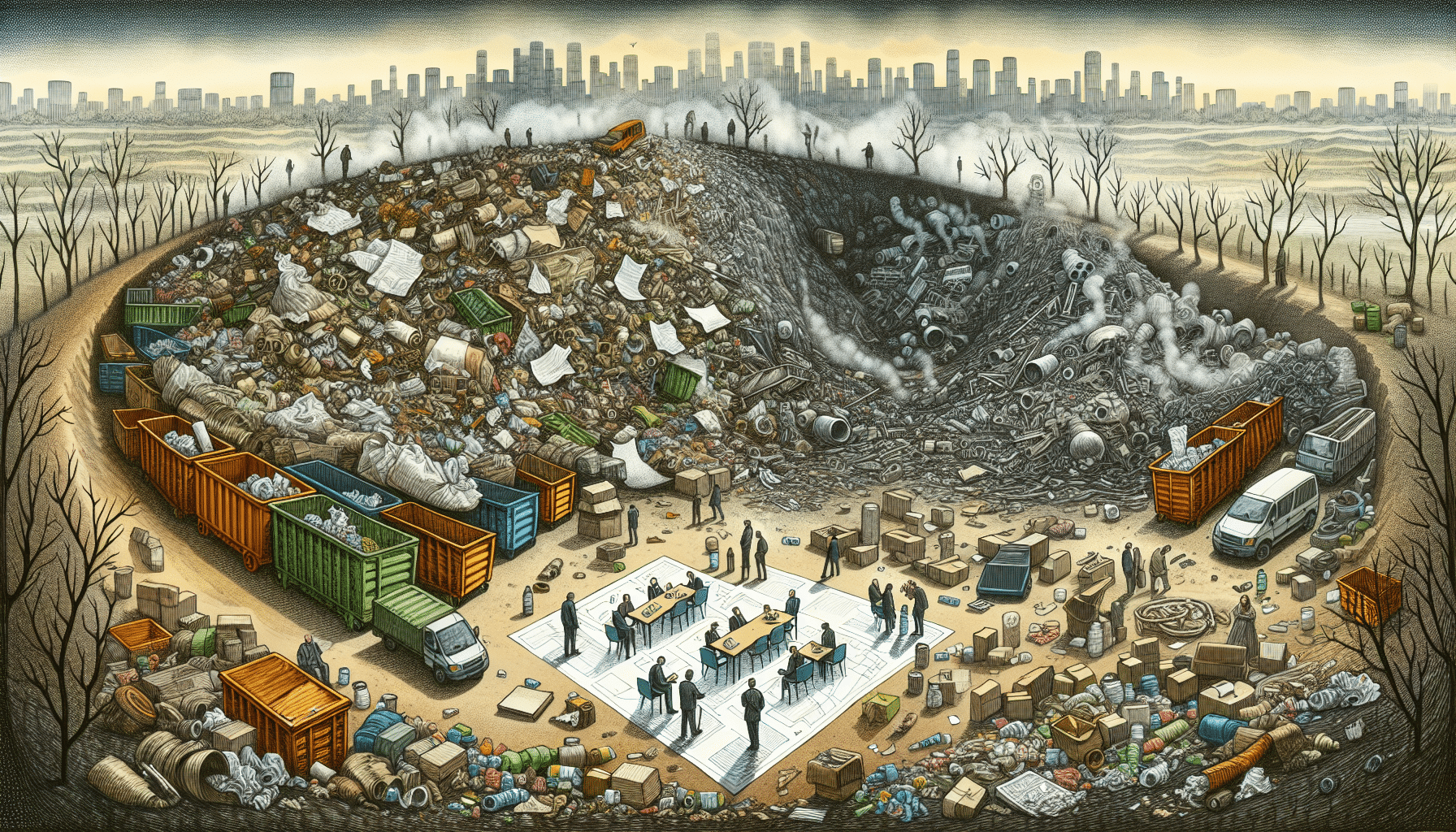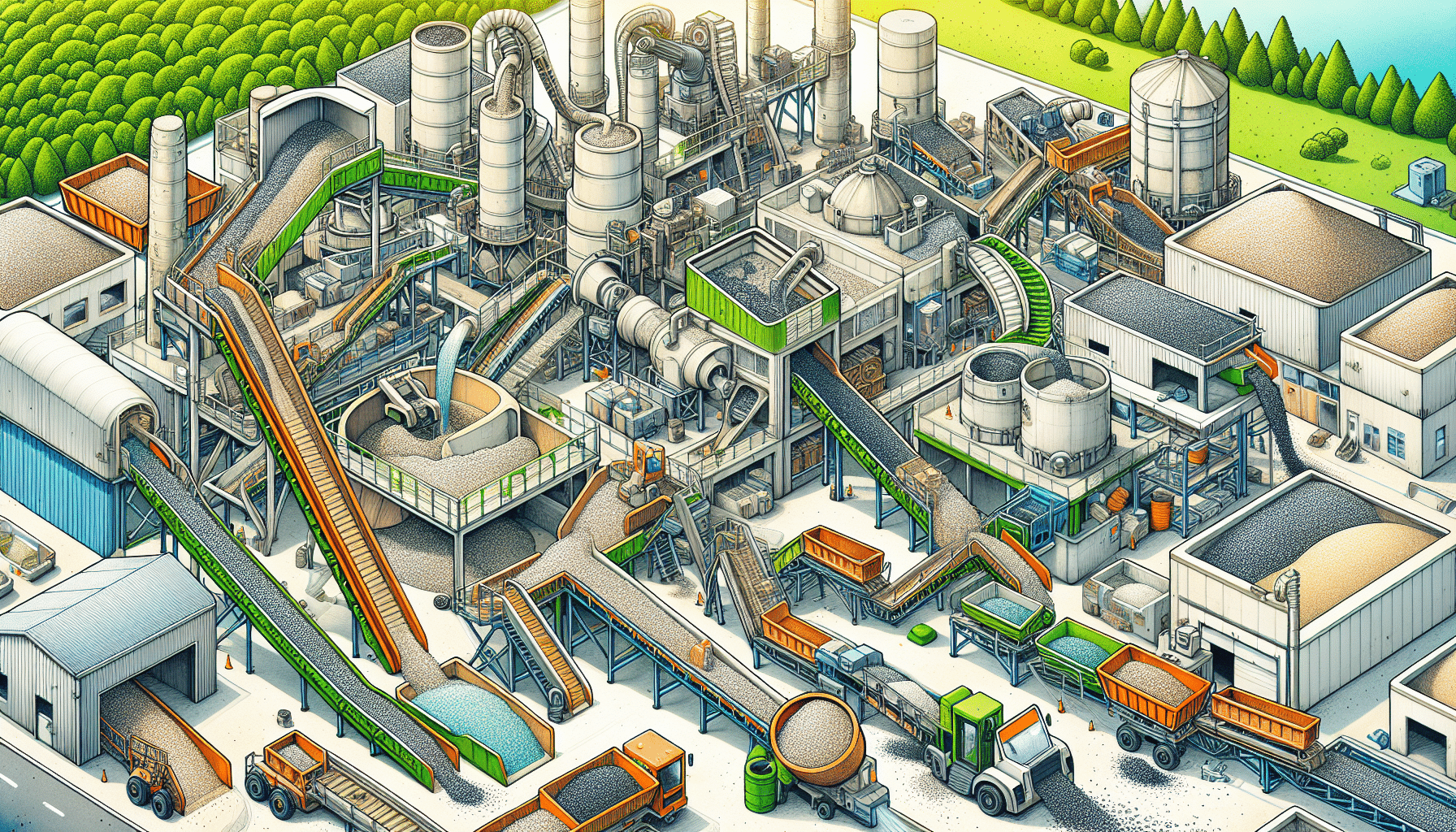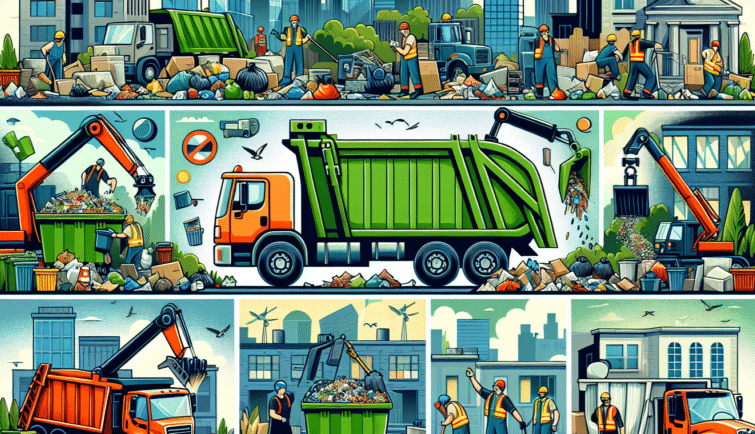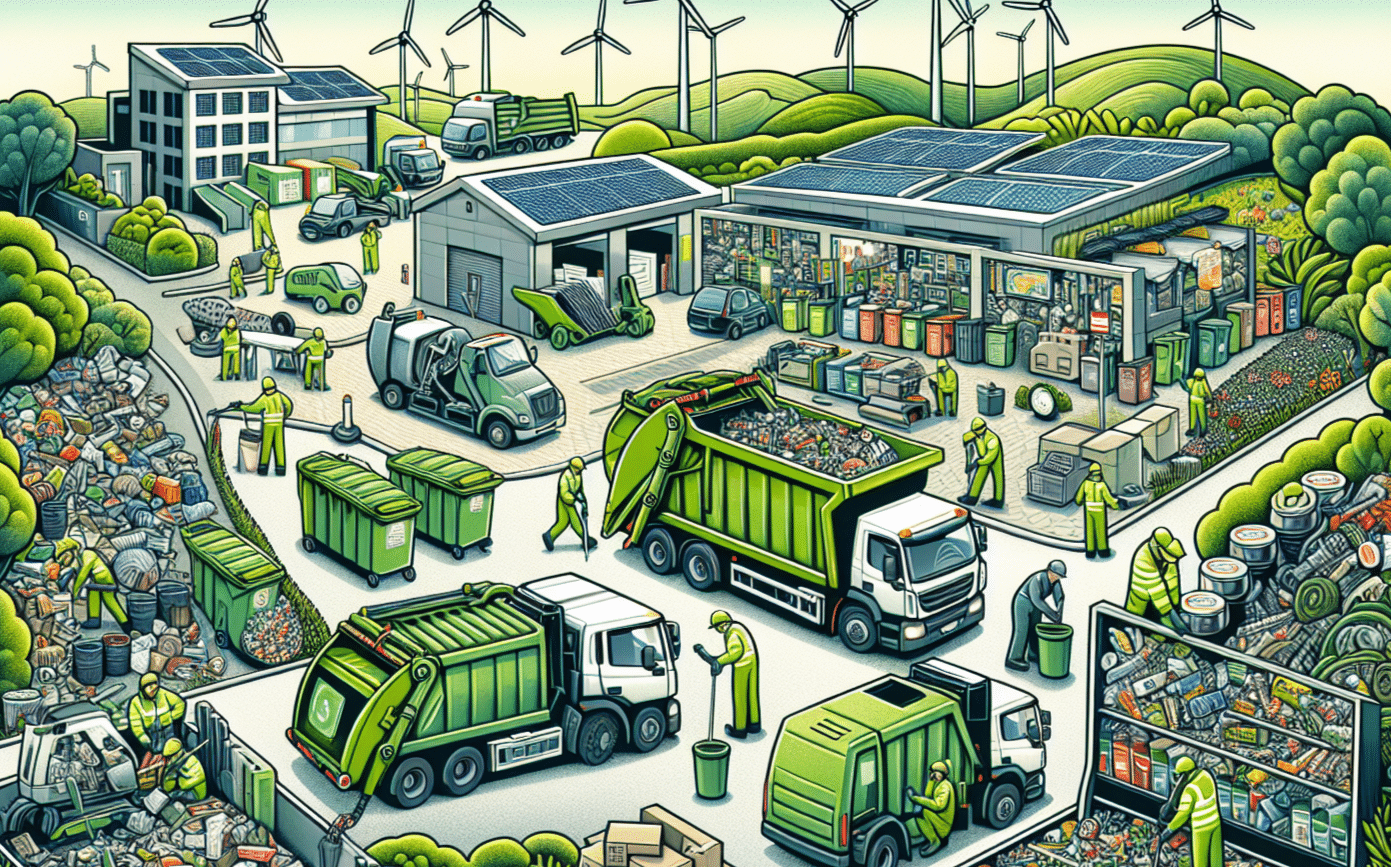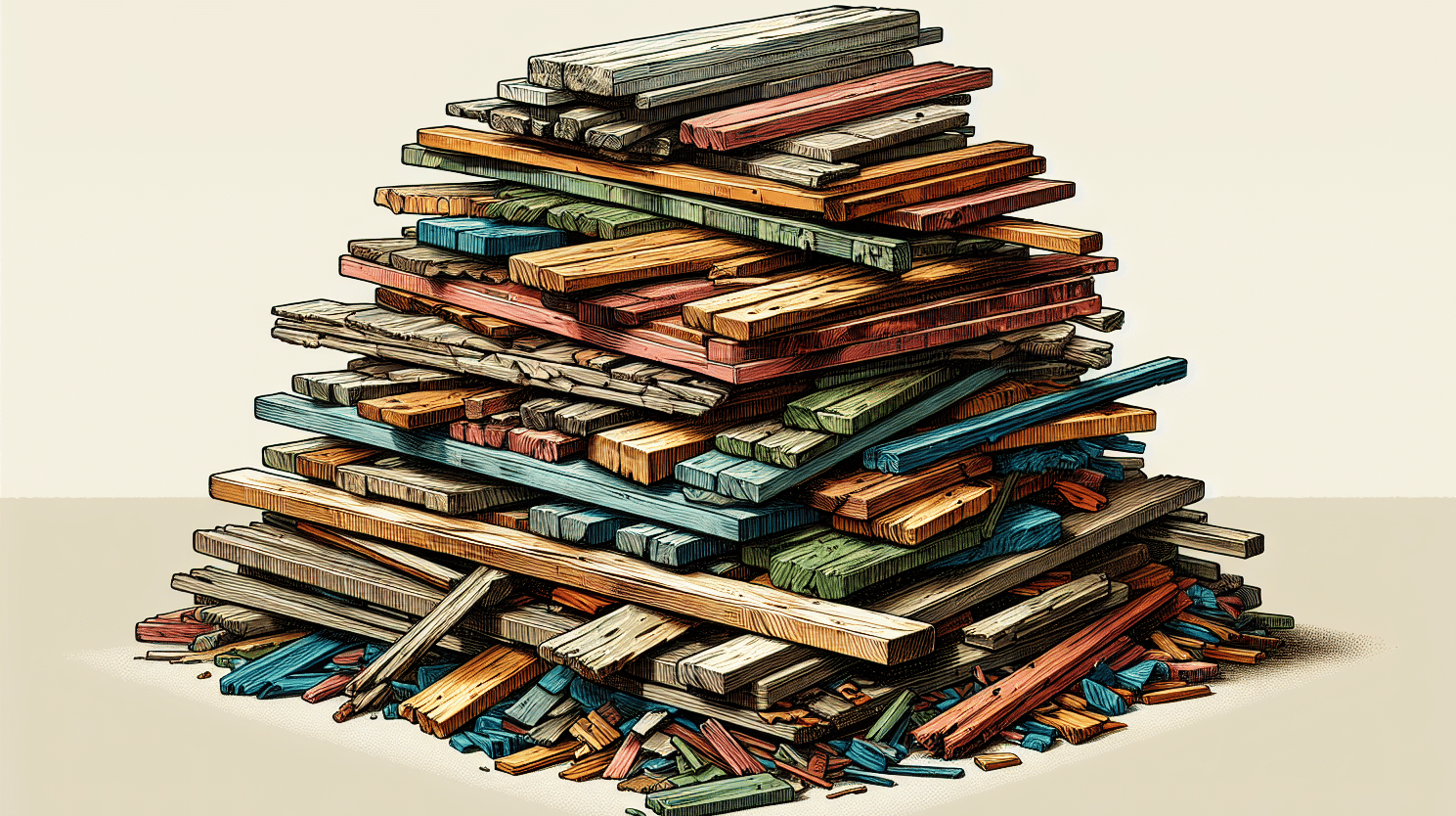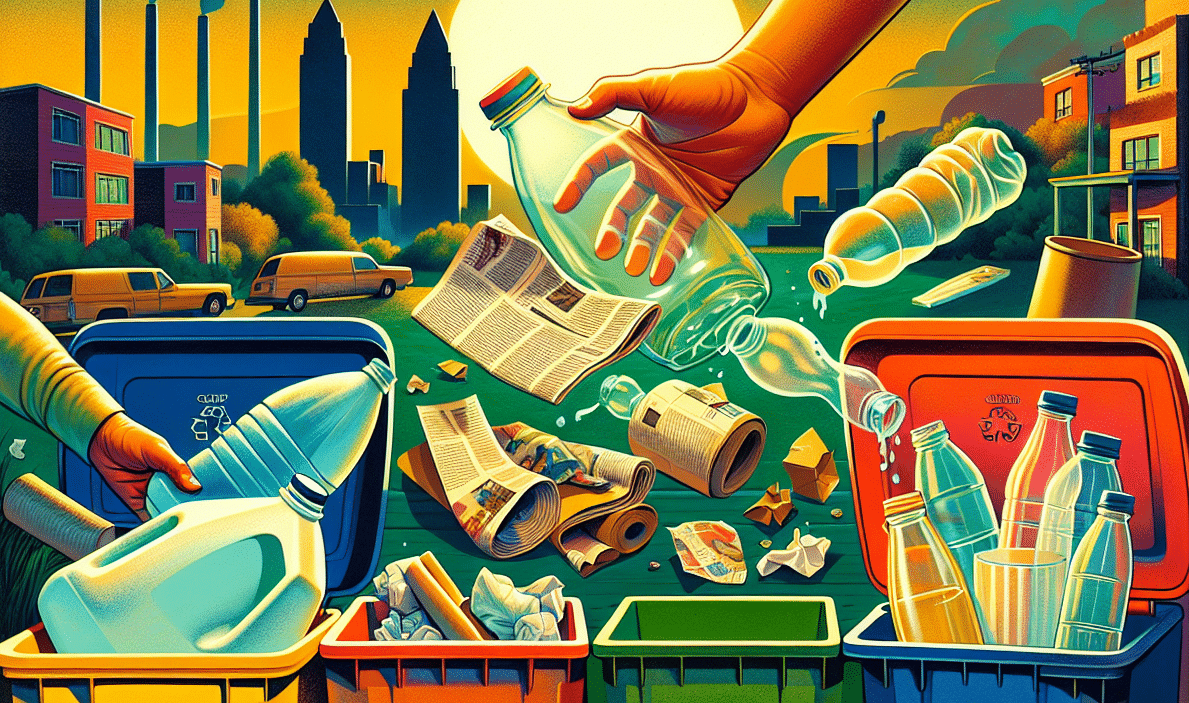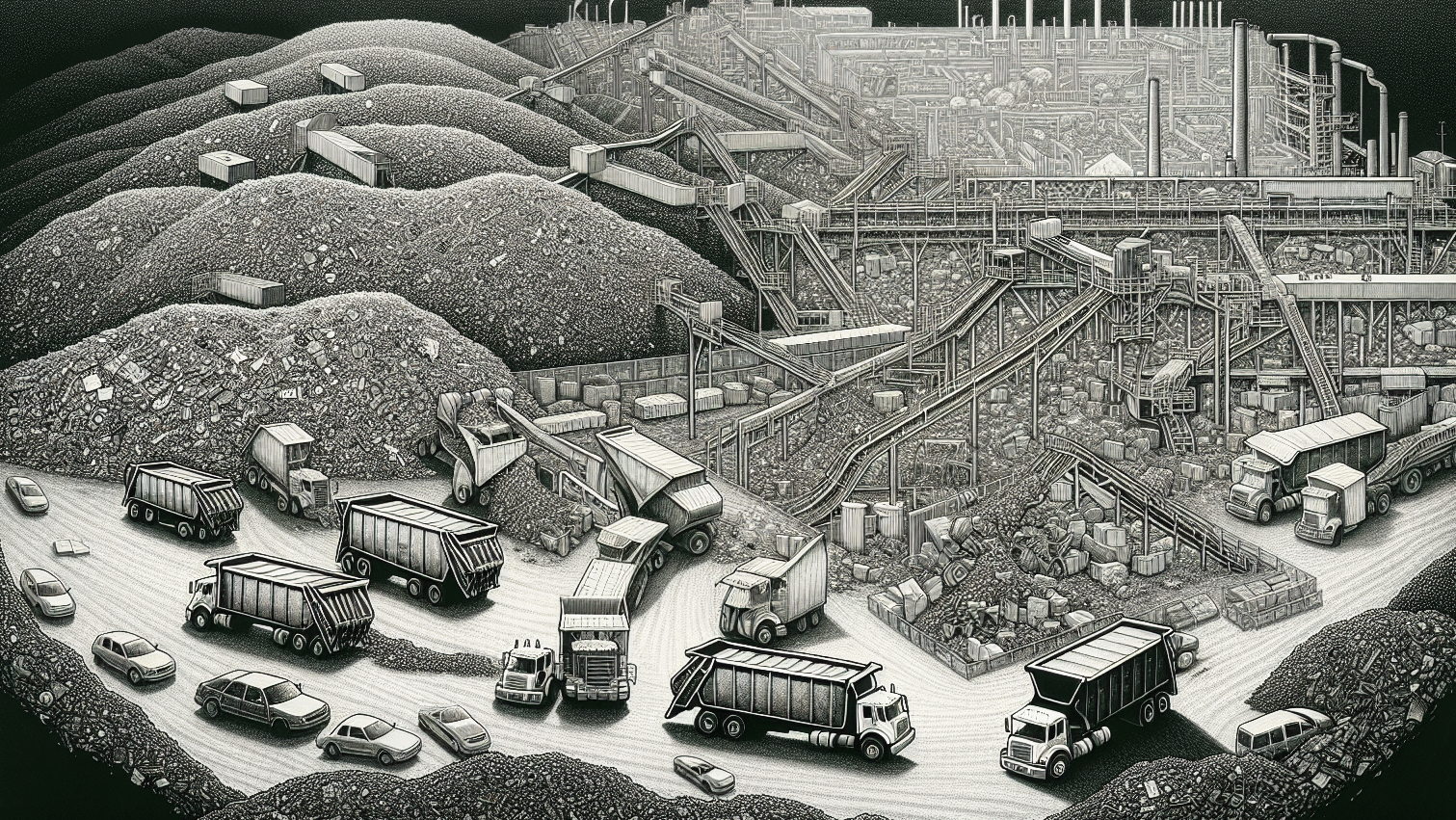Creating new products requires substantial materials and energy, emitting greenhouse gasses and contributing to pollution. Every new item we buy has an environmental cost, from the extraction of raw materials to the production and transportation processes. Reusing and reducing waste not only cuts down on these harmful emissions but also helps sustain the environment for future generations. This article offers practical, creative tips for reusing rubbish, including ways to repurpose old clothes, glass jars, and even food scraps.
Key Takeaways
- Reusing and reducing waste are more effective than recycling for minimizing environmental impact and conserving resources.
- Everyday items like old clothing, glass jars, and packing materials can be creatively repurposed to reduce waste and save money.
- Community involvement and local government support are crucial for promoting reuse, reducing waste, and creating sustainable practices.
Understanding Reusing Rubbish

The ‘three R’s’ of solid waste management—Reduce, Reuse, and Recycle—are fundamental principles that guide our approach to waste. While recycling is often highlighted, reducing and reusing are the most effective ways to decrease the amount of waste we produce. Reducing waste involves making conscious choices to eliminate or decrease waste, such as redesigning products to be more durable or avoiding disposable items. Meanwhile, reusing entails giving a second life to products that would have been thrown away by utilizing them in their original state or with minimal alterations. This helps in reducing waste and conserving resources. This practice removes the need for the energy, costs, and materials associated with producing new items, making it a more sustainable option.
Benefits of Reusing Rubbish
Reusing items offers a multitude of benefits, both for the environment and for individuals. It conserves resources and reduces the waste stream, decreasing the amount of waste that ends up in landfills. Compared to recycling or manufacturing new products, reusing causes significantly less pollution. Moreover, reusing items can save money by reducing purchasing and disposal costs. Community recycling programs that focus on reuse create local jobs in the collection, sorting, and processing of recyclable materials, thereby stimulating local economies. These programs not only support environmental sustainability but also provide economic benefits to communities. In other words, by embracing reuse, we can make a positive impact on our communities and the environment.
Practical Tips for Reusing Everyday Items

Reusing everyday items can be both practical and fun. From old clothing and glass jars to packing materials, there are countless ways to give new life to items that might otherwise be discarded. By incorporating reuse strategies into our daily routines, we can reduce waste and extend the lifespan of various materials.
Old Clothing
Old clothing is one of the easiest items to repurpose. For instance, old jeans can be transformed into tote bags with basic stitching, reducing wardrobe clutter and providing a practical item. Alternatively, old T-shirts can be cut and sewn into cleaning rags, perfect for wiping delicate surfaces and reducing the need for disposable items. These simple projects not only reduce waste but also add a personal touch to your belongings.
Glass Jars and Bottles
Glass jars and bottles are incredibly versatile when it comes to reuse. Empty jars can be used to store dry goods like rice, pasta, and lentils, helping to avoid single-use plastics during grocery shopping. This practice helps to reduce plastic waste while keeping your pantry organized and visually appealing. Similarly, empty glass bottles can be transformed into liquid soap dispensers by adding a pump from a plastic bottle. These creative projects reduce carbon emissions and give new life to everyday items.
Packing Materials
Packing materials, such as packing peanuts and bubble wrap, can also be reused. Packing peanuts and bubble wrap can be saved for future shipments, providing cushioning and protection for delicate items during transport. By reusing these materials, we can minimize the environmental impact of our packaging and shipping needs.
Turning Trash into Treasure: Upcycling Ideas

Upcycling is the process of transforming discarded objects or materials into products of higher value or quality. This practice not only reduces waste but also encourages creativity and innovation. From furniture to fashion accessories and other outdoor equipment, upcycling offers endless possibilities for turning trash into treasure.
Outdated Furniture
Revamping outdated furniture can be a rewarding DIY project. Beginners can start with simple projects like reupholstering, painting, or staining old pieces to give them a new life. Repurposed furniture can also involve more complex transformations, such as turning an old dresser into a functional bar or bookshelf. These projects not only reduce waste but also add a unique, personal touch to your home decor.
Used Materials
Used materials like plastic bags and bottles can be creatively upcycled into functional items. For instance, plastic bags can be used for ‘plarning,’ a process that involves crocheting unused plastic bags into durable items like baskets. Plastic bottles can also be transformed into various useful items, such as plant pots, jewelry, or even decorative lamps. These creative upcycling techniques not only reduce waste but also provide opportunities for creative innovation.
Reducing Food Waste
Reducing food waste can be achieved through creative cooking techniques. For instance, vegetables past their prime, such as carrots, can be turned into fritters by mixing them with onions, flour, eggs, and seasoning. Using leftovers creatively not only reduces food waste but also saves money and allows for the enjoyment of healthier, homemade meals. By repurposing leftovers and near-expiry items into delicious meals, we can significantly cut down on food waste and minimize our environmental impact.
Donation and Exchange Programs
Donating unwanted items to local organizations is a great way to reduce waste and help others in need. Some options for donating include local churches, community centers, thrift stores, and consignment shops. These organizations often accept donations of used books, working electronics, unneeded furniture, clothes, and even building materials. By donating, you can make used items affordable and accessible to others.
Community Involvement in Reuse Efforts
Community involvement is crucial for promoting the reuse and reduction of waste. Educational opportunities offered by community recycling programs raise awareness about the importance of recycling and sustainable practices. Cities like San Francisco and Seattle have implemented comprehensive recycling programs achieving impressive waste diversion rates in their communities. By getting involved in these initiatives, individuals can contribute to a more sustainable local environment.
The Role of Local Governments
Local governments play a vital role in promoting waste reduction and recycling. Some ways they can do this include:
- Implementing educational campaigns and community outreach programs to engage the public and promote recycling initiatives.
- Establishing well-documented regulations for recycling and waste management.
- Consistently enforcing these regulations.
- Providing support and resources for educational efforts.
By taking these steps, local governments can make a significant impact on waste reduction and recycling in their communities.
Summary
Reusing waste is a powerful way to reduce waste, conserve resources, and protect the environment. From practical tips for reusing everyday items to upcycling ideas and community involvement, there are countless ways to make a positive impact. By embracing these practices, we can contribute to a more sustainable future for ourselves and future generations.
Frequently Asked Questions
What are some practical ways to reuse old clothing?
You can repurpose old clothing into tote bags, cleaning rags, and decorative items like scarves and fabric pumpkins. Give your old clothes new life by turning them into functional and stylish items.
How can I reuse glass jars and bottles?
You can reuse glass jars for storing dry goods or creating DIY terrariums, and glass bottles can be repurposed as bird feeders or liquid soap dispensers.
What are some creative ways to reduce food waste?
One creative way to reduce food waste is by repurposing leftovers and near-expiry items into new dishes, such as turning overripe bananas into banana bread. This can help minimize food waste and make the most out of your ingredients.
Which organizations accept donations of unwanted items?
You can donate unwanted items to local churches, community centers, thrift stores, and specialized reuse centers like InterConnection and Habitat for Humanity ReStore.
How can communities get involved in promoting reuse and recycling?
Communities can promote reuse and recycling by participating in recycling initiatives, supporting educational programs, and using platforms like 2 Good 2 Toss to exchange reusable items.


















































